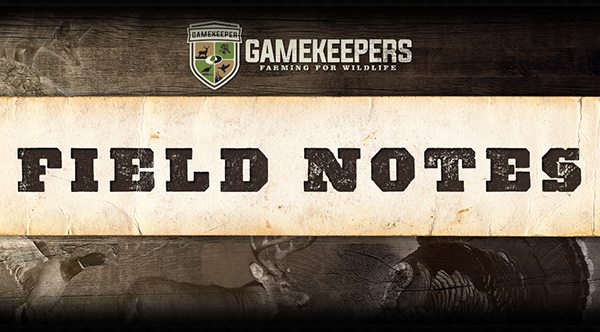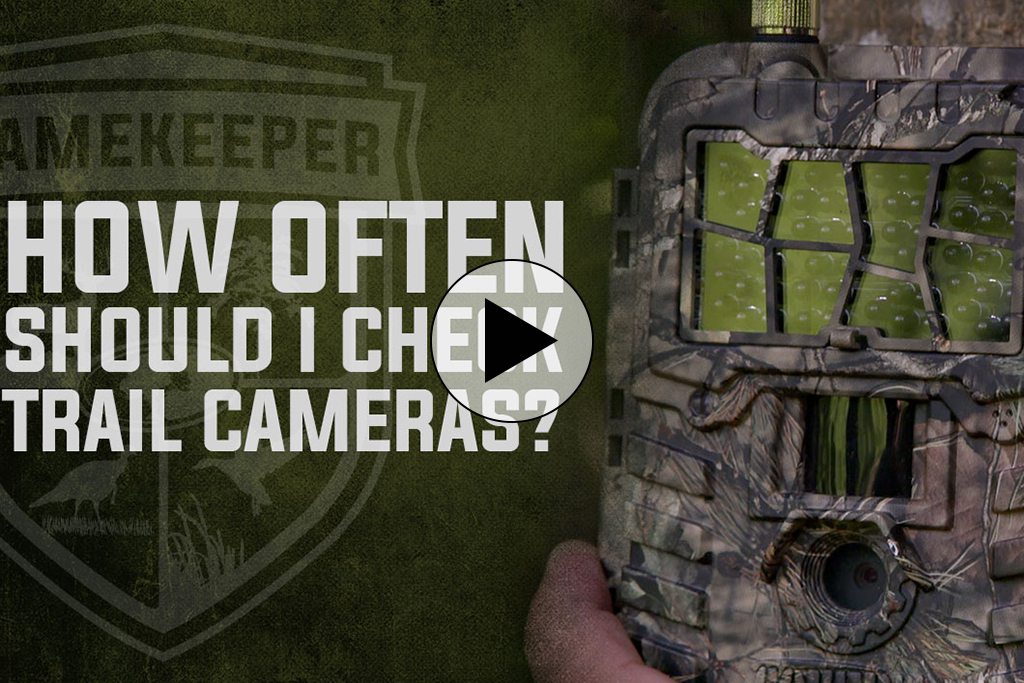Timing is important in so many things we do, from a musical beat to hitting a baseball to timing the stock market. The better you can anticipate the pulse, peak or sweet spot the better you’ll do. This holds true in turkey hunting, possibly more so than when hunting other game. From knowing when the gobblers will respond the best to your tactics, to knowing when to call on a specific hunt, as they say, “timing is everything.”
The Changing Seasons
Just as the fall hunting season catches whitetails during the rut, spring is breeding season for turkeys. While the decreasing amount of daylight induces whitetails to rut, the increasing photoperiod indicates it’s time for turkeys to begin the rituals and process of propagation. Depending on the region of the United States that you plan to hunt, certain parts of the season are better than others. Knowing approximately when the different stages of breeding will happen can help you know which season to apply for, when to take your hunting vacation or which tactics to use for the time you’re given to hunt.
Gobblers may vocalize early during the spring, especially during warming trends. However, just because toms are gobbling doesn’t mean breeding has begun. They may gobble at times all year long. We typically will require more evidence than sparse gobbling to guess when breeding has actually begun, like strutting toms and increased vocalizations from the rest of the flock.
Going Against Mother Nature
As most of you know, toms gobble to tell hens where to find them. By calling to them and expecting them to come to us, we’re kind of going against Mother Nature. They also add the visual appeal of strutting for the ladies – so it’s kind of backwards to the way humans do it.
When the tom breeds the hen, sperm is stored in the hen’s oviduct and fertilized eggs may be laid up to four weeks after mating. One mating is typically adequate to fertilize an entire clutch, but hens may be bred over and over again.
Hens begin to lay eggs as spring begins and she will lay an egg nearly every day until her nest contains anywhere from about eight to as many as 16 eggs. Normally, you’ll find an average of about a dozen and you’ll see smaller clutches from younger hens. Hens nest on the ground, so thick cover is a must. You’ll often find nests near food and water sources so hatching poults will have bugs, plants and seeds to eat when hatched. Hens will begin sitting on the eggs after they’re all laid and incubation will take about 25 to 30 days.
From my experience, it’s easiest to call in a tom when the real hens aren’t cooperating very well. So taking in the big picture of the entire season, your best luck should come before breeding actually gets going heavy or later in the season when the hens are sitting on their eggs.
Hunting Pressure
Pressure can also come into play. Early during the season it may be easier to call in a tom, because they haven’t been called to yet by other hunters who might suck at the craft. I’ve heard people say that gobblers get “call shy.” I don’t believe turkeys get call shy, I believe they become “stupid hunter shy.” When turkeys want to get together with other turkeys, they make noise, no matter when it is during the season.
In some states, turkeys might not start nesting until the last few days of the season. In other states the birds are already nesting when season opens, but the best hunting, or should I say one of the easiest times to call a gobbler to you, is when the hens are nesting. The problem is that this time will probably come later in the season, and it’s possible ten other hillbillies may have buggered the birds before your turn. So just because they should come to the call doesn’t mean they will, so pressure may also play a big role in how easy it is to draw a bird into your set-up.
When To Call A Gobbler
OK, so let’s narrow it down to the time of day. In my view, the best times of the day are right off the roost, then again from about 8:30 to 9:30 when more hens start to leave the gobbler to go lay an egg, and again from about 11 until noon.
It’s somewhat obvious why gobblers respond off the roost; it’s a new day and they’re not necessarily with hens yet. However, if they’re roosted with hens your odds decline precipitously. But if you have located the bird(s) the evening before or have an idea where he’s roosted and can sneak close, it’s possible to call the entire flock your way. Just make certain you don’t get too close and bump the birds off of the roost. Better yet, if you have scouted and have an idea of their daily patterns, you can often anticipate where they’re going to next.
After the gobbler breeds his original harem, about 8:30 to 9 a.m., he’ll begin looking for more willing females. Oftentimes, just staying put and waiting will work. It’s amazing how a bird with a brain the size of a pistachio seems to remember where other yelps were coming from earlier in the morning.
I hear a lot of hunters say they haven’t called in many birds after 10 a.m. I’m not sure if it’s because they just stop trying or just give up, but I’ve had fair success during this time. I’ve killed my fair share within minutes of the season ending for the day in states where it ends at noon or 1 p.m. like Ohio or Missouri. I’ll admit, my favorite times are listed above, but don’t throw in the towel too soon.
~
For more wildlife management tips, read “The Necessary War: Protecting Poults”. Each spring, when the moment of truth arrives and we end an off-season worth of anticipation with a shotgun blast, we take for granted the story of survival that turkeys have made to that juncture. Few animals face as perilous a trek through their life as the wild turkey. From the day a wild turkey is laid as an egg until they die, some form of a predator is trying to eat them.








0 Comments